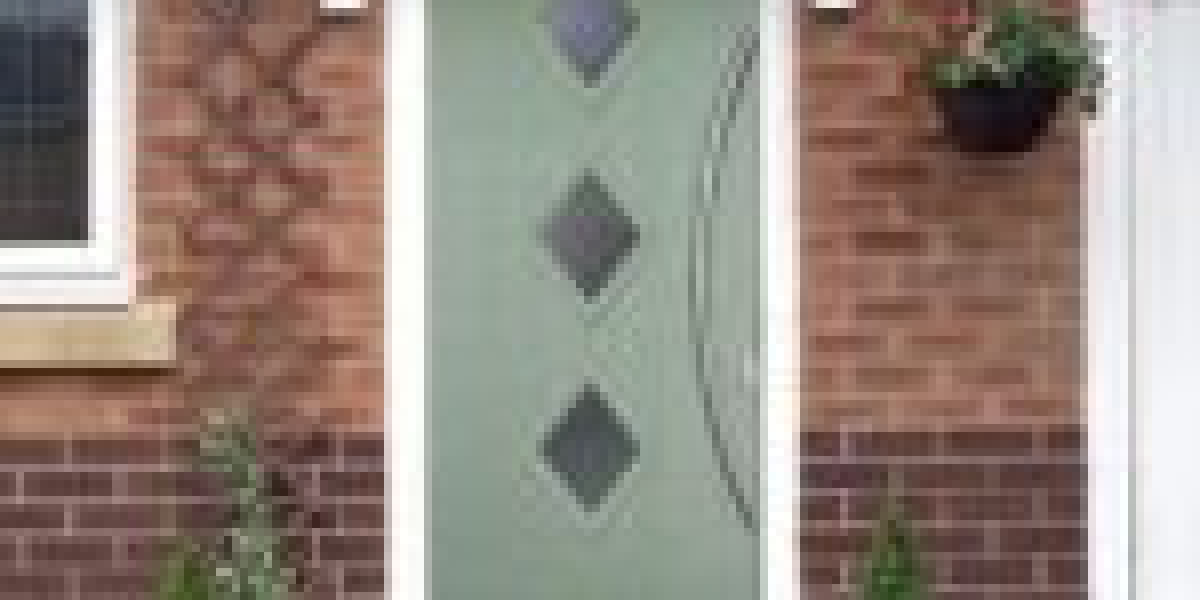
Door Hinge Replacement: A Comprehensive Guide
Gradually, even the most resilient elements of a home can go through wear and tear. One such often-overlooked part is the door hinge. These small yet important hardware pieces are essential for the smooth operation of doors, providing stability and ease of use. When door hinges start to fail-- whether due to rust, damage, or inappropriate setup-- it can result in squeaky, misaligned, and even stuck doors. In this guide, we will explore the indications that suggest a requirement for door hinge replacement, the kinds of hinges available, the step-by-step process for replacement, and often asked concerns to guarantee residential or commercial property owners can undertake this job with confidence.

Signs Your Door Hinges Need Replacement
Acknowledging when composite door specialist hinges need replacement is crucial to preserving both the performance and visual appeals of your home. Here are some indications to keep an eye out for:
Squeaking or Grinding Noises: Persistent noises when opening or closing a door might indicate the requirement for hinge replacement. While lubrication can sometimes resolve the problem, if the noise continues, it's an indication of wear.
Visible Rust or Corrosion: Metal hinges can rust over time, particularly if they're exposed to wetness. Rust not just affects the hinge's performance but might likewise spread to the door frame.
Misalignment: A door that does not close appropriately or hangs unevenly might have damaged hinges. Misaligned hinges can cause excessive stress on the door and result in additional damage.
Cracks or Breaks: A visual inspection can reveal fractures or breaks in the hinge. If the damage is serious enough, it can prevent the door from operating correctly.
Loose Hinges: If a door hinge feels wobbly or is pulling away from the door or frame, it's likely in need of replacement. Loose hinges can cause extra damage gradually.
Types of Door Hinges
When thinking about door hinge replacement, it's important to know that various kinds of hinges are readily available, each customized to different composite screen door repair door repair process - https://www.repairmywindowsanddoors.co.uk/east-ham-composite-door-repairs-near-me/ - setups and visual appeals. Here are some typical types:
Butt Hinges: The most basic type, appropriate for a lot of interior and exterior doors.
Constant Hinges: Also called piano hinges, these run the whole length of the door and offer even support, making them an ideal choice for heavy doors.
Spring Hinges: Designed to immediately close doors, commonly used in commercial settings where fire security is a concern.
Pivot Hinges: These are installed at the top and bottom of the door instead of on the side, allowing for a distinct opening system typically used in specialty doors.
Ornamental Hinges: Available in various designs and surfaces, these hinges not only serve a practical purpose but likewise add visual worth to doors.
Step-by-Step Process for Replacing a Door Hinge
Changing door hinges is a workable DIY job that needs simply a couple of tools and some standard skills. Follow these steps for a successful door hinge replacement:
Tools Required:
- Screwdriver (flathead and Phillips)
- Replacement hinges
- Wood filler (if necessary)
- Drill (optional)
- Measuring tape
- Level
- Paint or finish (optional)
Steps to Replace Door Hinges:
Prepare the Area: Clear any blockages around the door and ensure you have adequate lighting.
Eliminate the Door: Open the door partially so you can access the hinges. Utilize your screwdriver to remove screws from the hinges, then raise the door off its frame.
Assess the Door Frame: Inspect the hinge location for any damage. If the wood is stripped or damaged, use wood filler to fix any problems before proceeding.
Install New Hinges: Position the brand-new hinges on the door, aligning them with the existing screw holes. If the old hinges did not match the brand-new ones, you might need to drill brand-new holes. Utilize a level to ensure they are straight.
Reattach the experienced composite door repair: With the hinges securely installed on the door, position the door back onto the frame. This may need a helper, as doors can be heavy and troublesome.
Screw the Hinges into the Frame: Secure the hinges to the door frame with screws. Make sure they are tightened up adequately to avoid looseness in the future.
Check the Door: Open and close the composite door repair solutions a number of times to ensure smooth functionality. If it sticks or makes noise, recheck the alignment and adjust as required.
Finish Up: If needed, paint or finish the hinges or location around them to match the aesthetics of your door and frame.
Often Asked Questions (FAQs)
1. How do I select the best hinges for my door?
When picking hinges, consider the emergency composite door repair's weight, product, and function. For much heavier doors, constant or butt hinges are advised. Furthermore, make sure the surfaces match your wanted aesthetic.
2. What size hinge do I require for my door?
Many domestic doors use 3.5-inch or 4-inch hinges. Measure your existing hinges or the area where the hinge will be mounted to determine the appropriate size.
3. Can I change door hinges without getting rid of the door?
While it is possible to change a hinge while the door is still on, it is generally much easier and more secure to remove the door for appropriate positioning and installation.
4. What tools do I require for a hinge replacement?
You will require a screwdriver, replacement hinges, and possibly a drill, measuring tape, and wood filler, depending upon the condition of your door and frame.
5. How can I avoid my brand-new hinges from squeaking?
To prevent squeaking, use a lubricant such as silicone spray or a graphite powder on the hinges after installation. Routine maintenance and lubrication can keep hinges functioning smoothly.
In conclusion, door hinge replacement is a reasonably simple yet important home maintenance job. Properly working hinges make sure the longevity and look of doors, contributing to the convenience and security of a home. By acknowledging the signs of wear, picking the appropriate hinge types, and following the correct replacement treatments, homeowners can quickly maintain this essential element of their home. With this guide, even amateur DIYers can approach hinge replacement with self-confidence.






